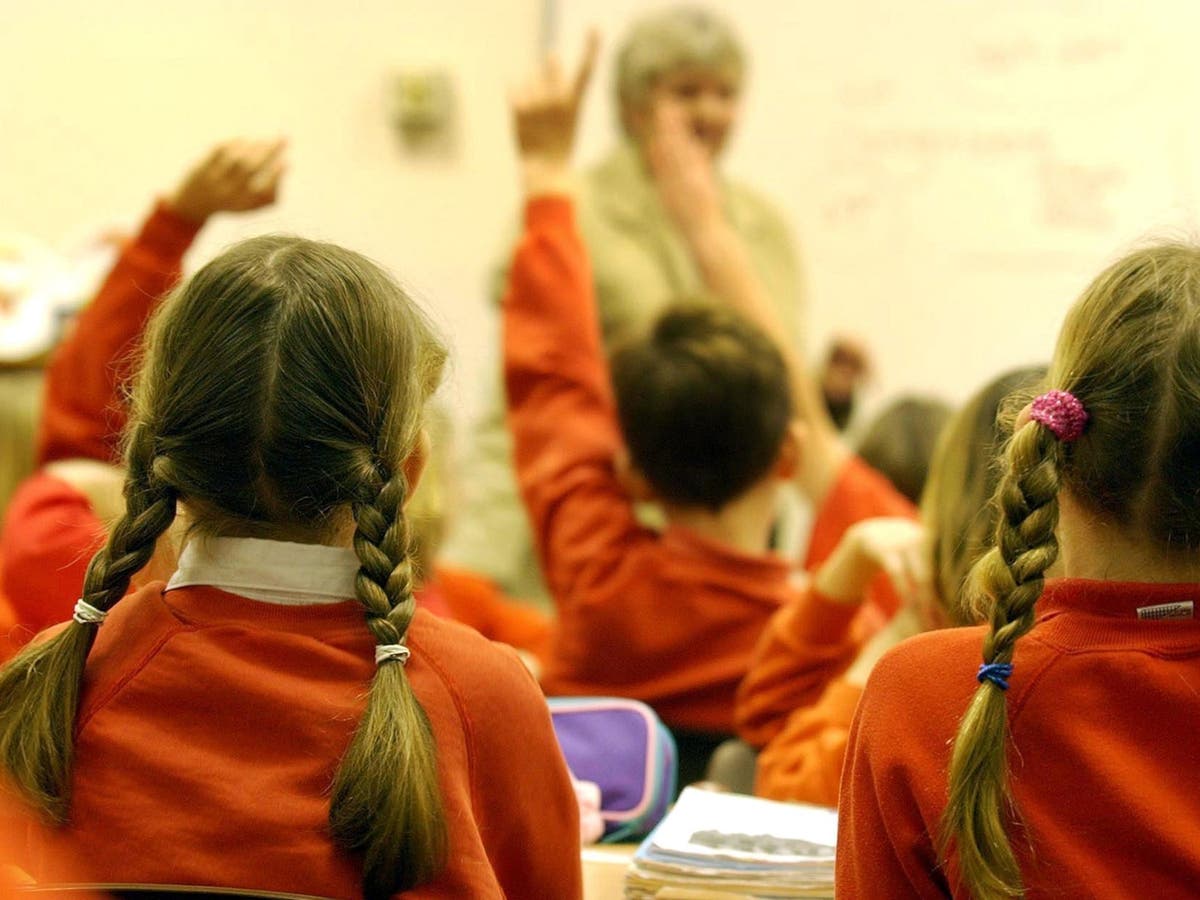
I’m a sexual health education facilitator, which involves delivering sex ed classes in schools. Parents consistently tell me and my colleagues that their children are first exposed to online pornography at the age of around 11 – a fact that never fails to shock. Especially when you consider that plenty of mainstream pornography depicts situations that aren’t necessarily what happens in consensual and spontaneous pleasure-seeking sexual activities. According to a recent report by Internet Matters , a non-profit organisation working to keep children safe online, youngsters usually access pornography through friends, by seeing pop-up ads or the “get out of jail free” card – accidentally stumbling across it. Statistically, this means that there are many primary school children around the country accessing pornography. Since children are viewing this material well before becoming sexually active, or, in many cases, even before having received any kind of relationships and sex education (RSE), they are using porn as a way of learning about their sexuality. This damages the potential for positive attitudes towards sexuality and pleasure. UK news in pictures Show all 50 This would not be the case if inclusive and comprehensive RSE, which acknowledges a range of sexual preferences, sexual identities…